Worrisome Diseases That Are Still Around


Plague
It’s hard to believe, but the Black Death isn’t just one for the history books or far-flung places. It's shown up recently in New Mexico, California, and Colorado, though it’s still rare. Antibiotics can take care of it, but it can be life-threatening if it’s not treated early enough. It’s carried by rodents, like squirrels and mice, and the fleas that live on them.
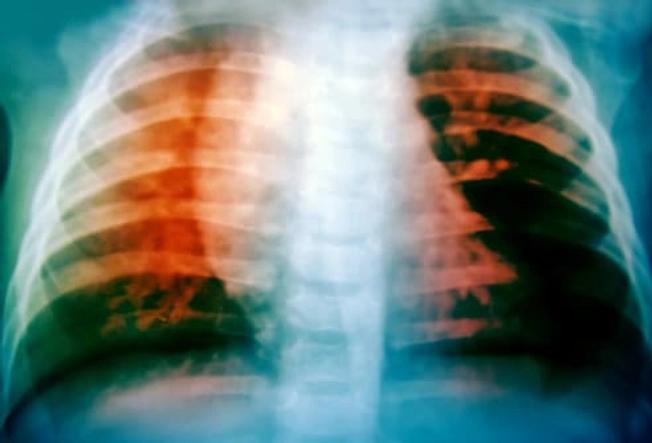
Tuberculosis (TB)
Around the world, TB causes half the deaths it did in 1990. Even so, it still ranks right up there with HIV in terms of lives lost worldwide. And the fight against it is getting a lot harder because the antibiotics used to treat TB don’t work on some newer types of it. Researchers are working on ways to cure these.
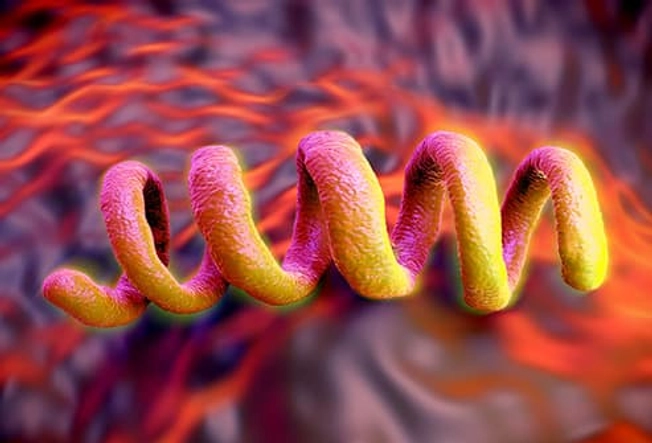
Syphilis and Chlamydia
Antibiotics don’t work as well as they used to on these sexually transmitted diseases (STDs). Syphilis was almost gone from the U.S., but it’s back at its highest rate in 20 years. And chlamydia, the most common STD, is getting harder to treat, too. To lower your chances of both, use condoms.
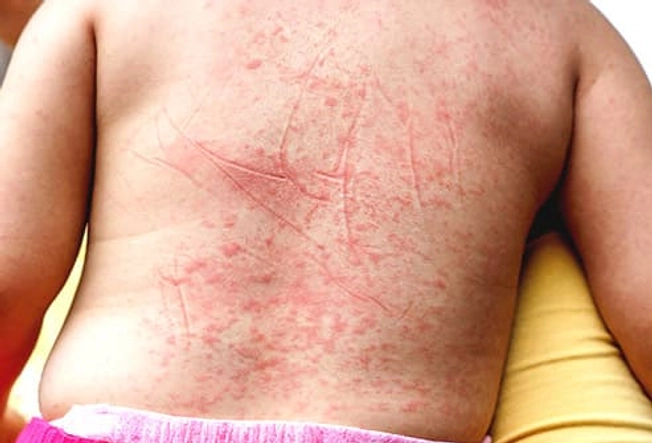
Scarlet Fever
Again, more people are getting this because the bacteria has changed just enough that antibiotics don’t work as well against it. Caused by the same bacteria as strep throat, this one’s usually mild. It mostly affects kids ages 5 to 15, giving them a rough, red rash that feels like sandpaper. But if it’s not treated, it can lead to issues like heart or kidney problems.
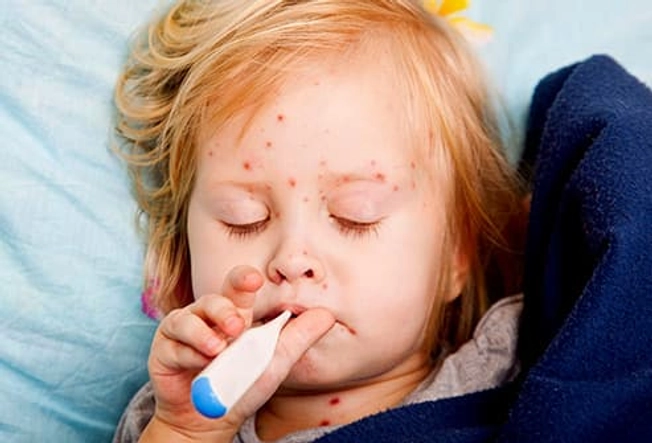
Measles
There were 121 outbreaks of this disease in the U.S. in 202. The largest outbreak in recent years was in 2019 when 1274 people came down with it. People who aren’t vaccinated against it have the highest chances of getting it. You know the measles by the telltale rash: red spots that start on your face and spread down your body. Kids under 5 and adults over 20 are more likely to have serious health problems because of it, like pneumonia or swelling of the brain. In those cases, it can be life-threatening.2
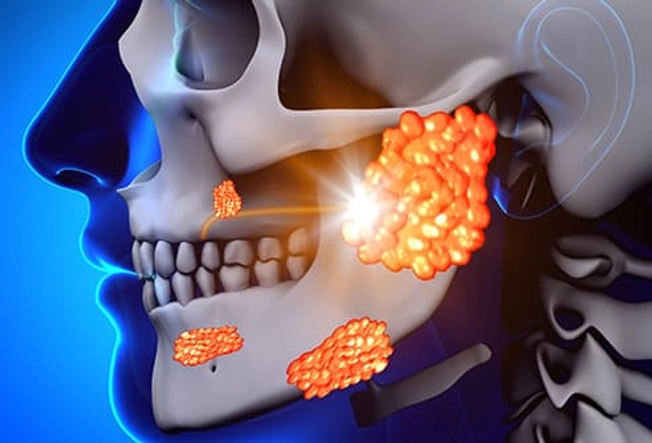
Mumps
Most people in the U.S. have been vaccinated against this, but outbreaks still pop up here and there. For example, a 2009 outbreak in the Northeast affected more than 3,000 people. in 2020, there were 616 cases reported. Outbreaks tend to happen where a bunch of people live close together, like a college dorm. It can cause fever, headache, and tiredness. But the main symptom is pain and swelling in your jaw and cheek in front of your ears. In rare cases, it can also lead to swelling in the brain, breasts, ovaries, and testicles.
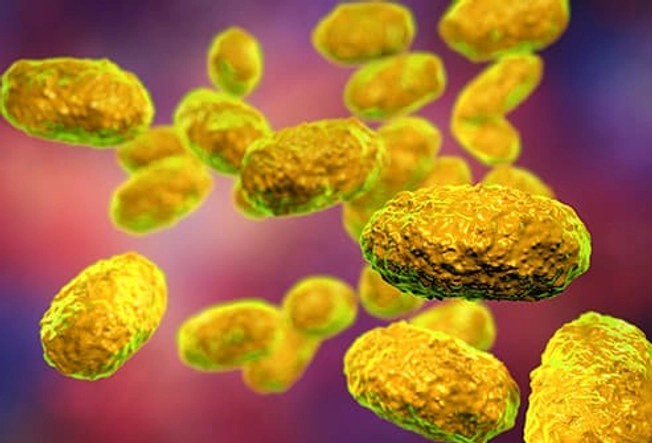
Whooping Cough
Also called pertussis, this gives you severe coughing fits. When you try to catch your breath after one of those, you make a whooping sound. More than 48,000 people in the U.S. had it in 2012, the most since 1955. It can last 10 weeks or more and spreads easily from one person to another. It’s serious at any age but life-threatening for babies, who often need treatment in a hospital. The best way to prevent it is to get the vaccine.
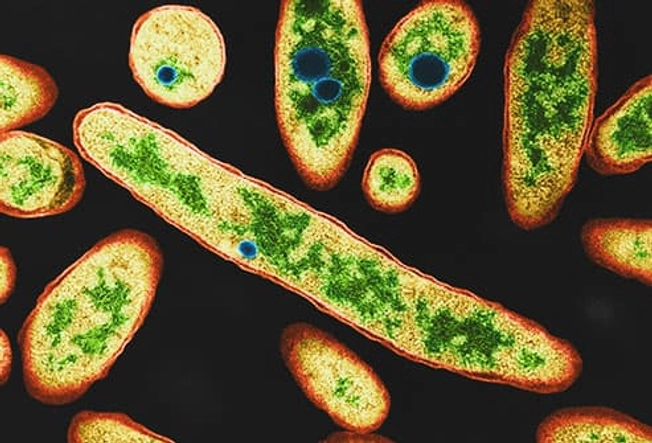
Legionnaires’ Disease
This one may sound like something from an old-time movie, but it seems to be on the rise in recent years. It’s a lung infection that comes from breathing in tiny water droplets that have legionella bacteria. It becomes a problem when it gets in building water systems (showers, sinks, hot water heaters, air conditioners). It starts with flu-like symptoms, but soon you have a cough that doesn’t go away, chest pains, and trouble breathing. Antibiotics can cure it, but it can lead to serious issues if it’s not treated, especially for older adults.
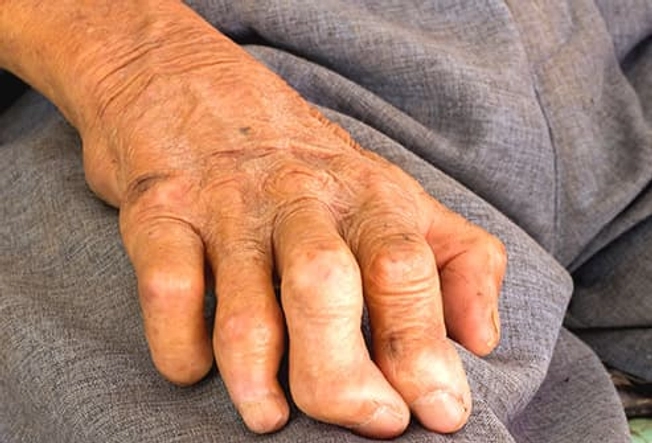
Leprosy
Now called Hansen’s disease, this illness is caused by bacteria that attack your nerves. And it’s not just a disease of the distant past. Each year, about 250,000 people around the world get it (150 to 250 in the U.S.). It can lead to serious issues, like not being able to feel or move your hands and feet. It’s actually hard to spread but easy to treat, once you know what it is.
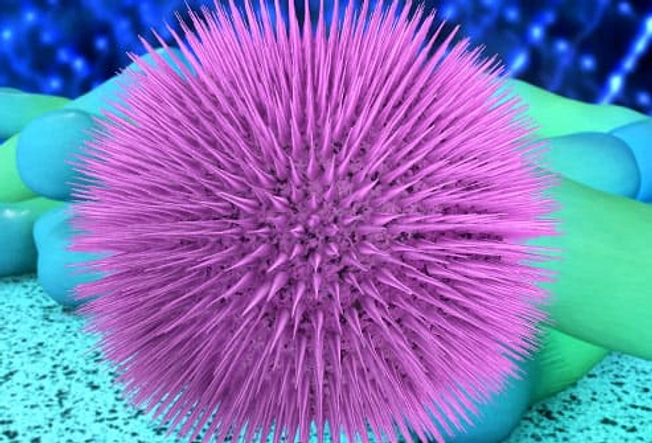
Polio
The only disease we’ve completely eliminated is smallpox. This one’s close, but it still exists in several countries outside the U.S. That’s partly because it’s not always easy to tell that someone has it. In places where not everyone gets the vaccine, it can spread before doctors have a chance to contain it. Because polio affects your brain, it can be life-threatening or cause long-term problems, like not being able to move parts of your body.
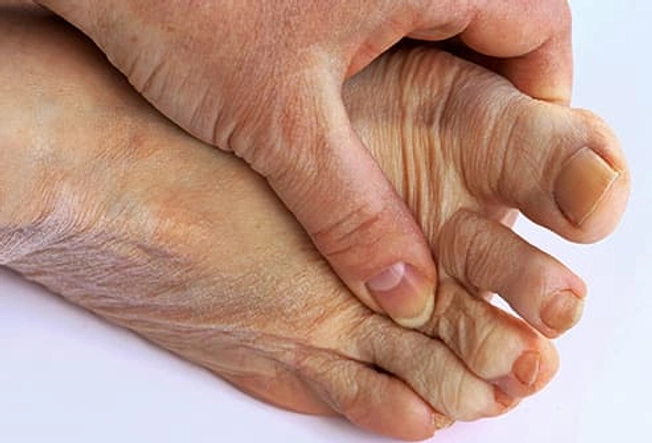
Gout
You might think of the Middle Ages when you think of this type of painful arthritis. But it’s been getting more common, and doctors think it has a lot to do with bigger waistlines. Being very overweight can double your chances of it. Gout often starts with serious pain in your big toe, but it can begin in any joint, like your knee or elbow. After a week or so, the pain comes and goes in one joint at a time, usually in your lower leg.
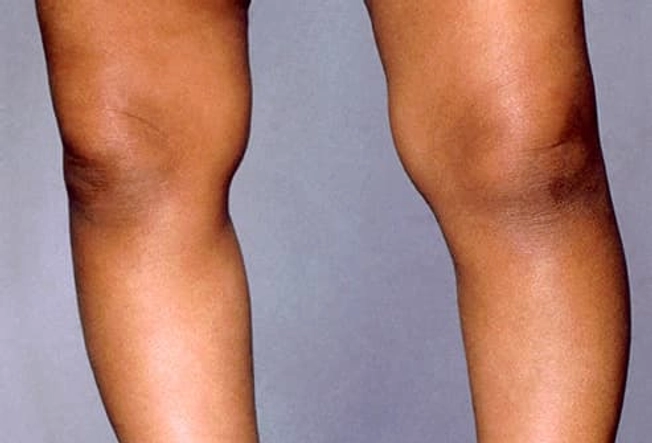
Rickets
Caused by a lack of vitamin D, this leads to soft bones in kids. The uptick in recent years partly comes from two causes: breastfeeding only and fear of skin cancer. Breast milk doesn’t have much vitamin D -- mothers can give their babies a supplement -- and concerns about skin cancer can mean kids spend less time outside. That can be a problem because sunlight helps your body make vitamin D. Kids with dark skin are at higher risk because they need even more sunlight to boost their levels.
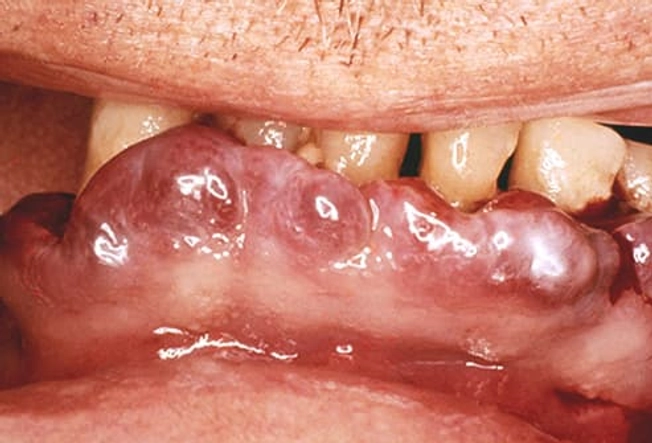
Scurvy
An old-time sailor’s disease that was solved with limes? Not quite. Scurvy is still with us today. It’s caused by a serious lack of vitamin C, and it can make your gums bleed and your teeth fall out. It’s most common in people who don’t eat fruits and vegetables, older adults, alcoholics, and men who live alone -- that’s called widower scurvy. It’s easily treated with vitamin C supplements.